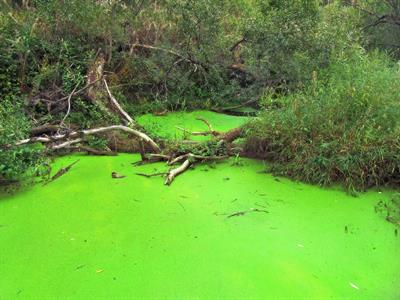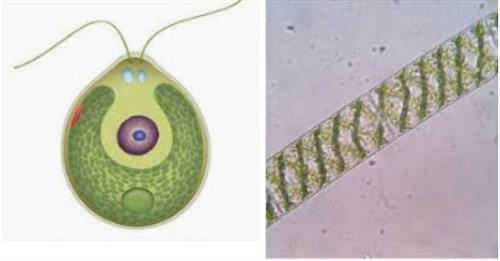PDF chapter test TRY NOW
Introduction:
Protozoa is an informal term for single-celled eukaryotes with animal-like characteristics; they are either free-living or parasites, which feed on organic matter such as other microorganisms or organic tissues and debris. Protozoa cause diseases like malaria and dysentery.
Protozoa can be classified based on their mode of movement (locomotion) as below,
Modes of movement | Description | Example |
| Amoeboid | They locomote by pseudopods ('pseudo' means 'false') means 'false feet'. | Amoeba |
| Ciliates | They locomote by cilia, a hair-like structure. | Paramaecium |
| Sporozoa | They cannot move, hence are called "non-motile". | Plasmodium vivax |
| Flagellates | They locomote with flagella, a tail-like structure. It includes Trypanosoma, which causes sleeping sickness in human beings. | Trypanosoma brucei |

Types of protozoa based on locomotion
- Protozoans are heterotrophic organisms that lack chlorophyll and a cell wall. They can move to acquire food and are mostly aquatic.
- While most protozoans are harmless (Chilomastix mesnili), some are parasitic and dangerous, such as the malaria-causing protozoan Plasmodium falciparum, P. vivax, P. malariae, P. ovale.
Algae:
Have you ever noticed green colour slimy patches in ponds or on the wet walls of old buildings?
This green patch formation is due to an organism called algae. Their cells are surrounded by a cell wall and contain chlorophyll. The green colour of the organism is due to the presence of the pigment chlorophyll which also helps the organism prepare its own food by photosynthesis.

Algae in a pond
Algae (singular - alga, plural - algae) are members of the plant kingdom and share many of the same characteristics as plants. They may be single-celled or multicellular. The majority of algae are found in water. Algae-infested water may not be suitable for drinking, recreation or agricultural use. Contact with algae-infested water can cause skin irritation and mild respiratory troubles.
- Many algae are unicellular, such as Chlorella, Volvox, and Chlamydomonas. While others, such as seaweeds like Fucus, are multicellular and macroscopic.
- Some microscopic algae, such as Spirogyra, are multicellular. This alga has filaments, which are long chains of identical cells joined end to end. Hence it is called filamentous algae.
Some important types of algae are given in the figure below.

Left to right: Chlamydomonas and spirogyra
Reference:
https://pixabay.com/photos/pond-green-alga-algae-environment-864600/
